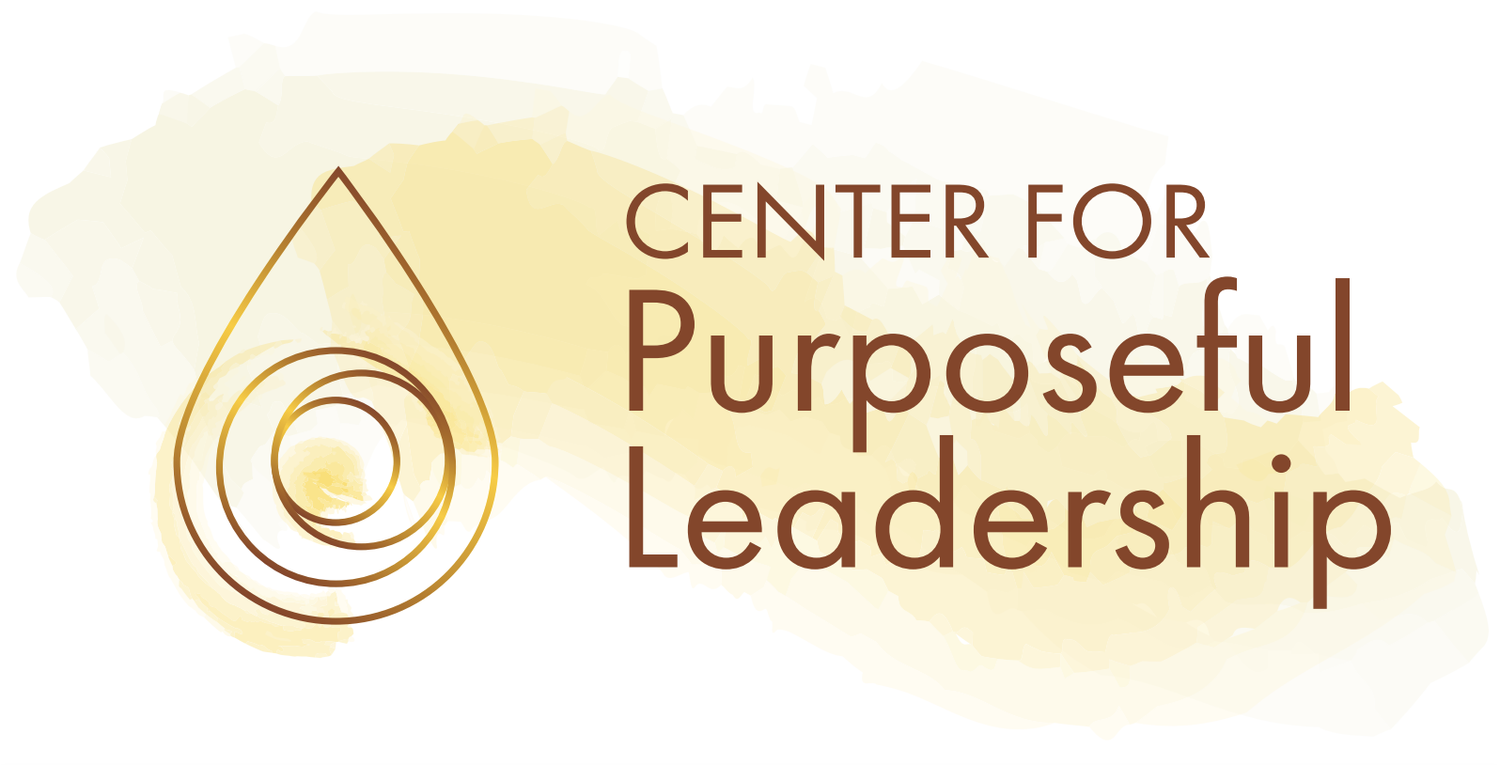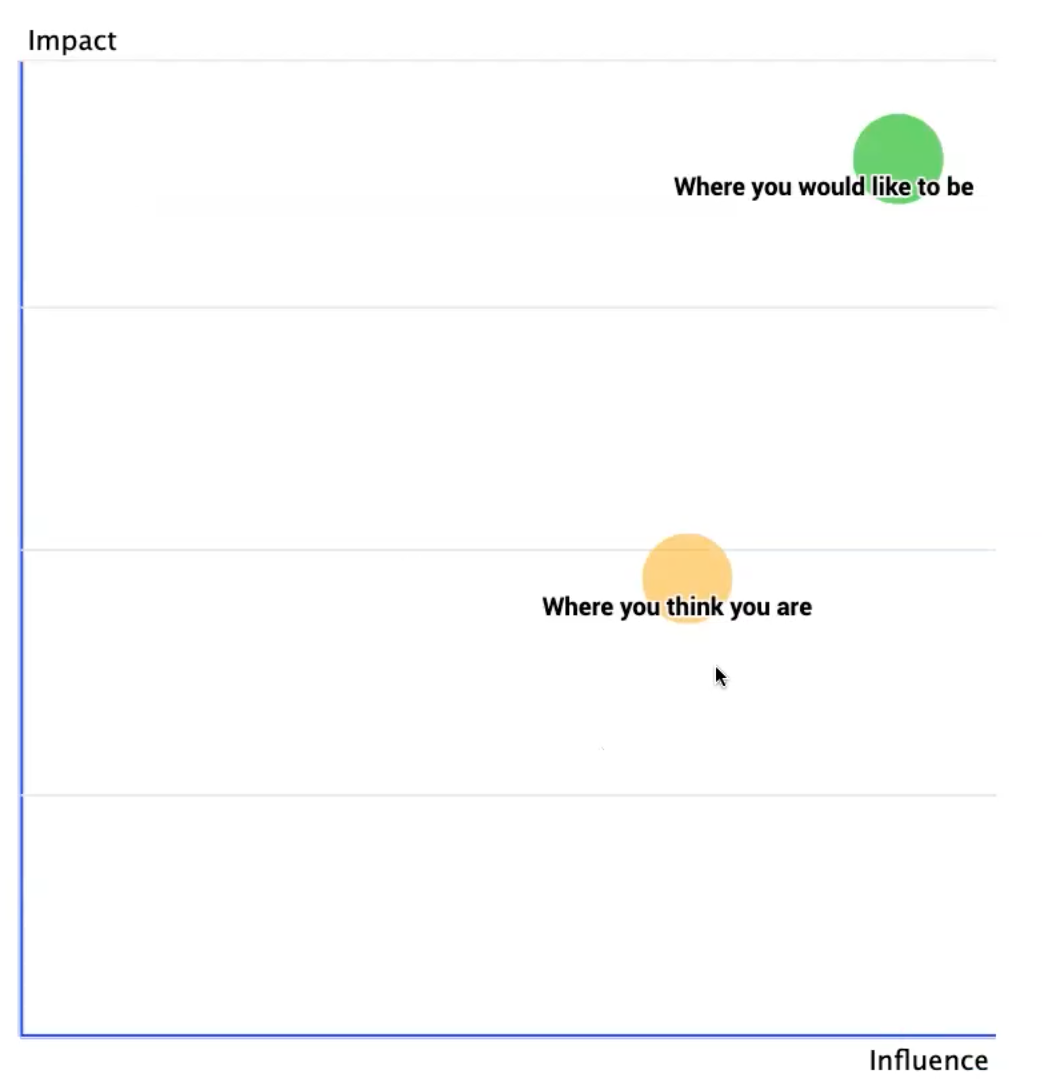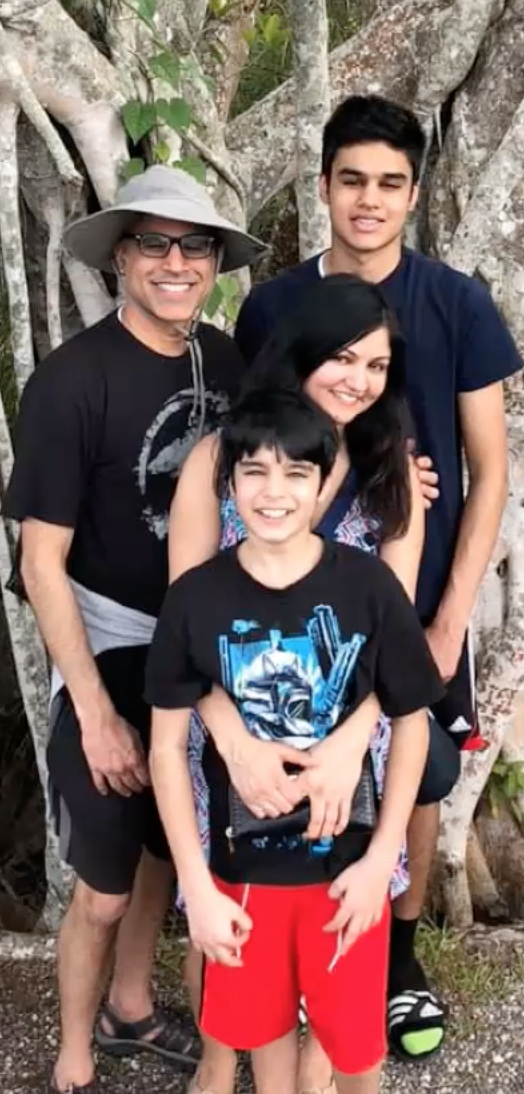Making the Invisible Visible
CPL’s Mission: A just, inclusive and interconnected world— a world that works for all . CPL’s vision is an inspiring one, a vision of shared purpose and inspiring purpose of leaders. This vision seems old and new. Old in the sense of being eternal and aspirational, new in the sense of urgency to live in it while creating it. Our Essential Conversations are a communal space for conversation because that’s where we all live and need to live – our interconnectedness.
Written by: Lily Jones
Today we invited Conversation Starters; Vikas and Priya Narula, co-founders of Keyhubs & Neighboring Forest. Vikas was introduced to the concept of informal networks a while ago and the fact that while we work in hierarchies, the real work happens to the web of human connection (ex: CPL’s Essential Conversations). Today, Vikas and Priya discuss the interweaving threads and networks between Keyhubs and trees. Humans inside an organization are like a network of trees inside a forest. Additionally, we explored strategies for leveraging human networks, both within organizations and beyond.
We reflected on Clarissa Pinkola Estes as a transition.
Vikas and Priya shared how they met and got to this point of their life as co-founders of two companies. (Scroll down to the bottom to read their full story). Vikas studied computer science and was very involved in environmentalism. Vikas worked in a corporate job in Minneapolis where he worked for 2 medical software startups for the first 15 years of his life which had pros and cons. One of the most lifechanging experiences was traveling to India and meeting Priya; becoming engaged, married, moved to the US and have been married for 25 years with 2 boys. She went to a college in her hometown and decided to go into the Pre Med-Program and went into Biochemistry.
But corporate life and the job was weighing on Vikas and he felt like he needed perspective. In 2006, the decided to go back to business school to broaden his horizons and that's where he learned about this concept of informal networks in one of his first management classes. Many of the dysfunctions he was experiencing in the workplace, he wanted to apply this concept and the current job he was holding didn’t allow him to practice these concepts. After sharing this idea with Priya, they decided to really go out and create something in which they launched the first version of Keyhubs in 2008.
The whole premise of Keyhubs is this idea that most of us who've worked in a larger organization have experienced a sort of hierarchical, top-down pyramid structure. Which is not actually how work gets done. If you ask individuals who do you go to get work done? Who do you trust? Who do you like to socialize with? When you map those connections you end up with a chart that looks very different from the hierarchy. It's this interconnected web of the people that can tell you a lot about what's really happening in the organization. It’s the hidden organization underneath the tip of the iceberg. Priya and Vikas developed software and services that could help organizations make sense of this data.
After overworking himself, Vikas fell ill and was bedridden for a month. This was a big turning point in his life, because this gave him time reflect on his career and his purpose and meaning in life. His heart kept coming back to the tress, children, and smiles and a project that he worked on with his environmentalism club at MIU in which he planted trees and raised thousands of dollars and gave away tens of thousands of trees to kids in Southeast, Iowa. He had revisited the tree he planted several times and watched get bigger and bigger each time. The purpose of Neighborhood Forest was to give every child this joy, and in the process beautify our neighborhoods, sequester carbon and hopefully instill in the hearts of our little ones a sense of magic wonder and love for the planet.
EXAMPLE: This organization was going through a tremendous amount of change. They wanted to understand who are the change agents that they could leverage to help ensure that their culture changes in the right direction, a positive direction. In this network there are 3 individuals that are uniquely positioned in the informal tapestry, they are Keyhubs key change agents.
If you look at the research on how we influence one another, we generally know that if you're having a happy positive day, it's going to rub off on the people around you - your immediate friends or connections. The work by Chris Stockace and Fowler tell us that ideas, behaviors, emotion, don't just influence our first-degree connections, but they can travel in contagious fashion through social networks up to 3 degrees of separation. If you look at these 3 key influencers inside this organization, this is their first-degree network who they touch. But if you go 2 degrees out 3 degrees out, they essentially touch everyone in the organization, except for 4 or 5 people on the periphery.
But if we take this network and we overlay it on the formal hierarchical structure, you see that the influence is very independent of top-down structure. And this is what leaders fail to understand or look at on a regular basis. Before you develop a strategy, the main thing that helps everyone go from being good to great or companies to go from good to great is they get the right people. Figure out the Keyhubs in the organization, the crowd source perspective. In some cases, leaders not only struggle with identifying who these key influences are, they struggle with identifying or assessing their own influence.
There's a huge disparity between leadership perceived influence and actual influence, and there's often a group of mid-level managers or individual contributors that have a higher degree of followership in things like integrity, service, trust, so forth. With Keyhubs’ philosophy around organizational effectiveness you have a formal structure but it’s important to understand who these influencers are what your own influence is, because from that place you can really get the organization aligned so another way to look at it is in the pyramid structure. There are these hidden influencers, bring them into line of site with leadership and each other, and from that place you can be more of efficient and effective in moving the organization forward, because rather than having to get every single person on board with your vision, you just have to get the 5% that are connected to everyone in the organization, and those people aren't necessarily the folks at the top.
Our members had a taste of the keyhubs experience by making this personally relevant to all of them; a touch around of networks and influence. We asked members to think about their own influence in your sphere of either work or community. What do you think your influence is? Is it low? Is it high? And is that influence, Has Does it have a high impact in your estimation or low impact? So where do you see yourself? where do you see your team?
Activity 1
Our second experience included one quadrant chart with 2 axes impact and influence. We asked members again to indicate where you see yourself along these attributes. in general, where you see yourself in the sphere that you want to have impact and influence. And where would you like to be over the next 3 to 6 months. Afterwards, we even got to engage with our audience, picking from a list of names from our zoom call, we placed members on the same chart the influence and impact they have on you. We viewed all the members of their influence and interconnectivity but also you can view where your individual results are in the network.
CPLs influence and connectively within its members
Preview of next weeks Essential Conversations: Making the Invisible Visible - Part 2
Priya and Vikas Journey
Priya and Vikas journey have its origins in India. Priya was born and raised in India while Vika’s parents were born and raised in India, and they migrated to Canada in the 60s in search for a better life. Vikas was born in Canada and all he wanted to do was become a professional hockey player. At the age of 10/11 years old, Vikas parents decided to move to Iowa to get closer to Indian Culture. Priya was born and grew up in India playing cricket and other sports with her siblings. She went to a college in her hometown and decided to go into the pre-med program to later pursue biochemistry.
What does Iowa have to do with Indian Culture? Iowa is home to Maharishi school and University, founded by the Maharishi himself, who brought transcendental meditation to the West. In 6th grade Vikas went to Maharishi school, after graduation went to Maharishi International University where he studied computer since.
While studying at MIU Marsh International University, Vikas got into environmentalism through the Environmental Club and planting trees. The program raised thousands of dollars and gave away tens of thousands of trees to kids in Southeast, Iowa. Upon graduation, he wanted to focus on planting trees but thought about how he was going to make money? He joined a cutting-edge 3D medical imaging company and within a couple years the company was acquired by a Minneapolis-based company. After a couple months, he was invited to take a business trip to India after not visiting for 7 years. His parents planned an arranged marriage, and he met Priya and got married a year later (it’s now been 25 years)! Vikas and Priya’s parents grew up together, so they had known each other for a lifetime. Priya was determined to finish her education in India prior to moving to the US. This was her first time ever getting out of India and the Indian culture; where it was her first time seeing white, black, and Hispanic people. The Us is a melting pot to connect with people from many different backgrounds. Now, their family has grown and the two have 2 boys.










